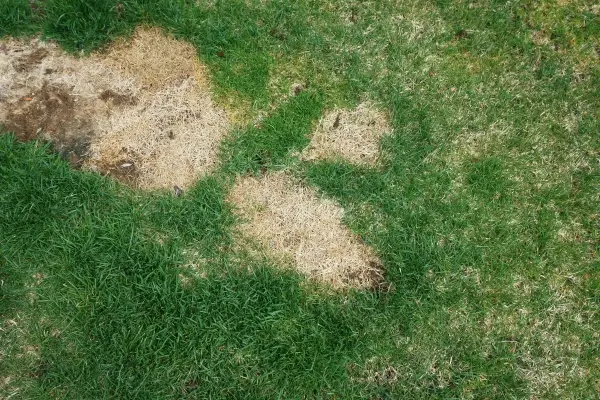
The Grounds Guys provide expert guidance on identifying and treating various lawn diseases.
|
If you're a homeowner, then you know that keeping your lawn looking healthy and green can be a challenge. Especially when lawn diseases strike, causing brown patches or rust-colored spots to appear. Depending on where you live, lawn disease can be caused by a variety of factors. Everything from lack of water to too much can impact your lawn and cause issues. The key to effective treatment is identifying what specific fungi are causing the problem and treating it accordingly.
If you're unsure what's wrong with your lawn or how to fix it, don't worry – The Grounds Guys have got you covered! In this article, we'll provide a comprehensive lawn disease identification chart for your area's most common lawn diseases. We'll also review the symptoms and treatment options for each condition.
Lawn Fungus Types
Unfortunately, there are a variety of different fungi that can affect your lawn. The impact of these fungi can range from mild, a few brown spots, to more serious consequences, like killing your entire lawn. The key to dealing with lawn diseases is identifying and treating them early.
What Is Brown Patch Lawn Disease?

If you notice large, brown patches appearing on your lawn, you likely have brown patch lawn disease. This disease is caused by a fungus called Rhizoctonia solani, which thrives in warm, humid conditions. Brown patch lawn disease is most common in the spring and fall months. To identify brown patch lawn disease, look for the following symptoms:
- Circular or oval-shaped brown patches that are two to eight feet in diameter
- Patches of brown grass that are surrounded by a green ring
- Grass blades that appear wilted or broken
To treat brown patch lawn disease, you may need to aerate and water your lawn correctly. If that doesn't help, you'll need to apply a fungicide. Be sure to follow the instructions on the label.
What Is the Most Common Lawn Disease?
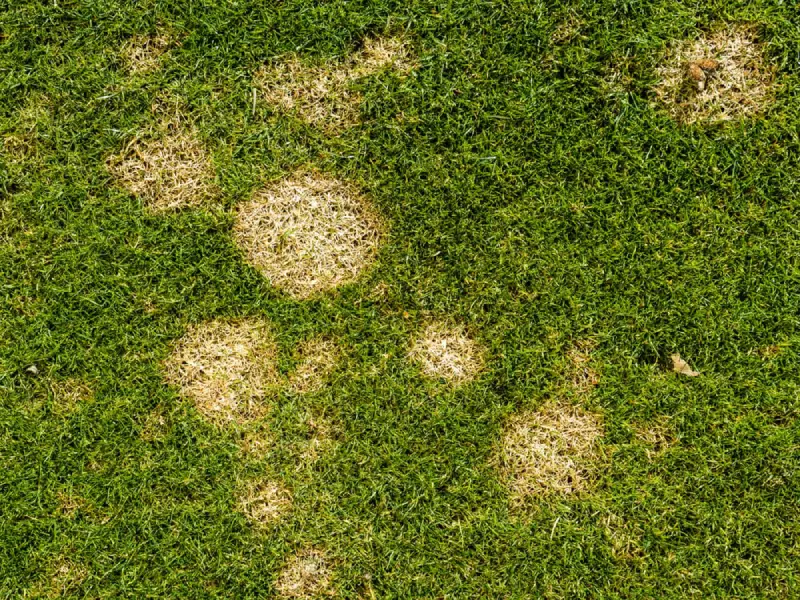
Dollar spot lawn disease is one of the most common in the United States. It's caused by a type of fungi called Sclerotinia homoeocarpa, and it typically occurs in late spring or early summer. Dollar spot lawn disease is most common on lawns that are poorly fertilized or that have been stressed by drought. To identify dollar spot lawn disease, look for the following symptoms:
- Small, round brown patches that are one to four inches in diameter
- Patches of brown grass that are surrounded by a yellow halo
- Grass blades that appear stunted or broken
You'll need to apply a fungicide to treat dollar spot lawn disease. Be sure to follow the instructions on the label carefully and apply the fungicide in the early morning or evening hours when it's cooler outside.
How to Identify Fairy Ring
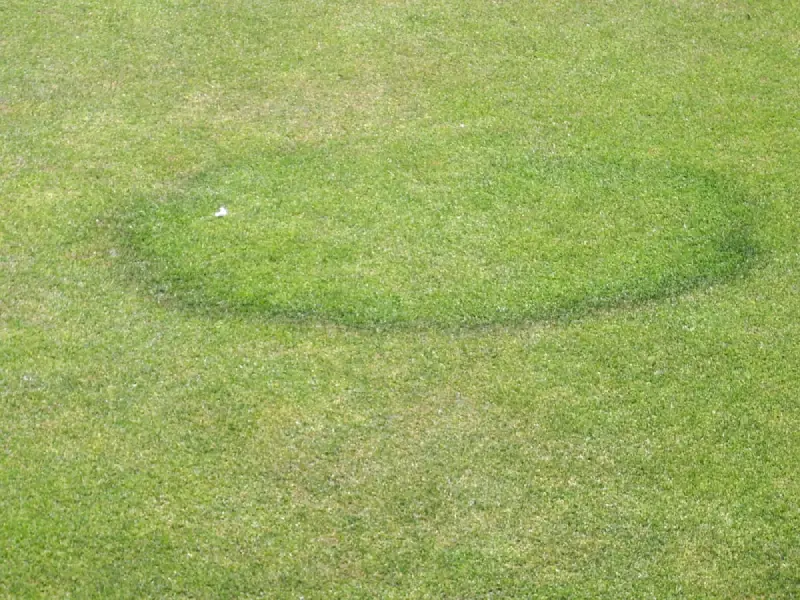
Fairy ring lawn disease is caused by a type of fungi called Marasmius oreades, and it typically occurs in late spring or early summer. Fairy ring lawn disease is most common on lawns located in shady areas or with poor drainage. To identify fairy ring lawn disease, look for the following symptoms:
- Circular or ring-shaped brown patches that are two to eight feet in diameter
- Patches of brown grass that are surrounded by a green ring
- Mushrooms or fungi growing in the affected area
To treat fairy ring lawn disease, you may need to remove the affected areas of the lawn and replace them with healthy sod. You may also be able to treat it by applying a fungicide. Be sure to choose a product rated to treat this particular fungus.
Can Pythium Blight Disease Kill My Lawn?
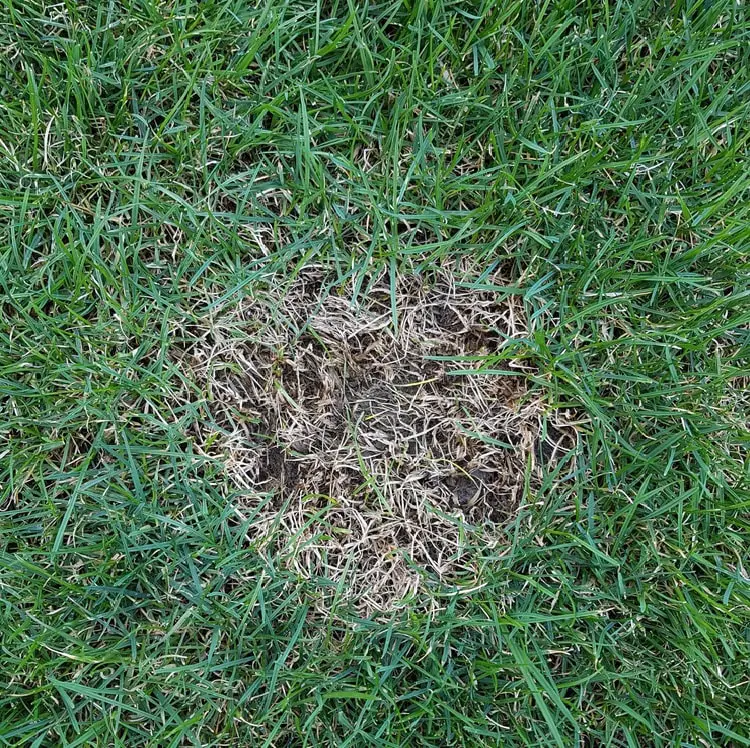
Pythium blight is a lawn disease caused by a type of fungi called Pythium. Pythium blight typically occurs in late spring or early summer, and it's most common on lawns located in shady areas or with poor drainage. To identify pythium blight, look for the following symptoms:
- Small, brown patches that appear water-logged
- Patches of grass that turn yellow or brown and die
- A musty odor coming from the affected area
To treat pythium blight, you'll need to apply a fungicide. A landscape professional should apply the fungicides required to treat this disease. However, if you decide to do it yourself, be sure to read and follow the instructions on the label carefully. You may also need to reapply the fungicide every two weeks until the disease is gone.
Can a Drought Cause Lawn Disease?
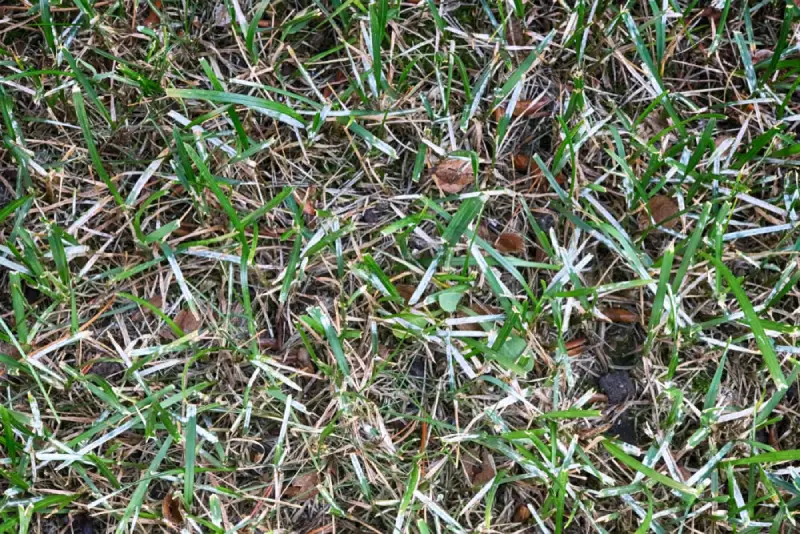
Powdery mildew lawn disease is caused by a fungus called Erysiphe graminis. It typically occurs in late spring or early summer, and it's most common on lawns that are poorly ventilated or that have been stressed by drought. To identify powdery mildew lawn disease, look for the following symptoms:
- White or grayish-white powdery growth on the leaves of grass
- Grass blades that appear stunted or discolored
- Patches of brown or yellow grass
To treat powdery mildew lawn disease, you should start by opening your lawn to air and sunlight. If possible, aerate your lawn regularly and trim back trees and bushes to allow more sun to get through. It's also important to ensure you are not overwatering your lawn - this can lead to various lawn diseases.
What Is Red Thread Lawn Disease?
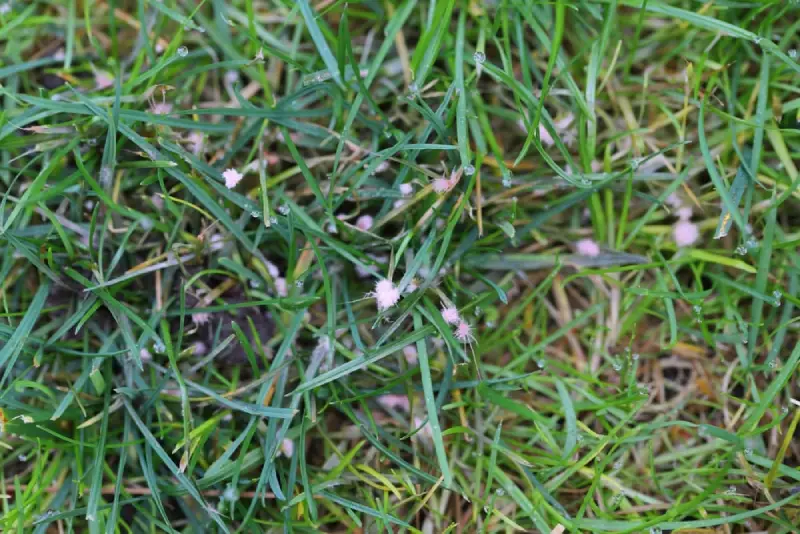
Red thread lawn disease is caused by a fungus called Laetisaria fuciformis. It typically occurs in late spring or early summer, and it's most common on lawns that are poorly fertilized or that have been stressed by drought. To identify red thread lawn disease, look for the following symptoms:
- Small, reddish-brown patches of grass
- Patches of grass that appear thin or stunted
- Grass blades that are covered in small, red threads
To treat red thread lawn disease, it's important to fertilize your lawn properly with the right concentration of nitrogen fertilizer. If that doesn't help, you'll need to apply a fungicide.
How to Identify Rust Lawn Disease
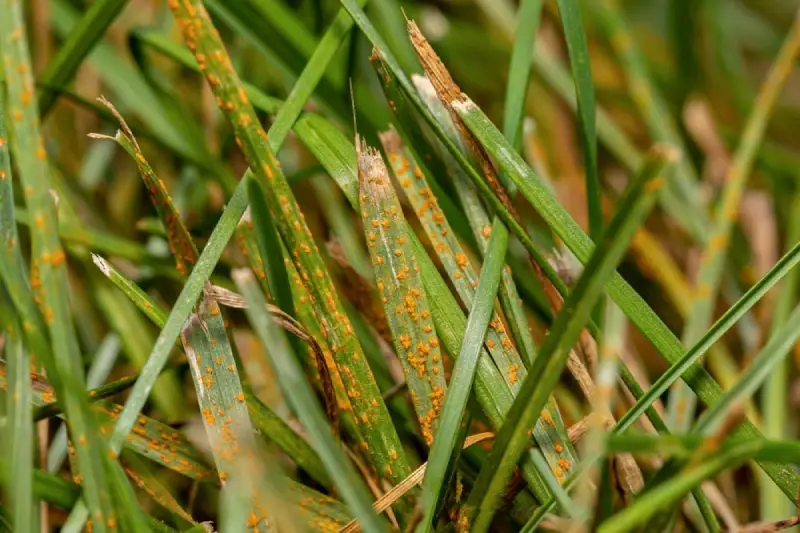
Lawn rust lawn disease is caused by a fungus called Puccinia graminis. It typically occurs in late spring or early summer, and it's most common on lawns that are poorly ventilated or that have been stressed by drought. To identify lawn rust lawn disease, look for the following symptoms:
- Small, reddish-brown or orange pustules on the leaves of grass
- Patches of brown or yellow grass
- Grass blades that appear stunted or discolored
To treat lawn rust lawn disease, the best thing you can do is to fertilize your lawn correctly and regularly. Make sure to choose a fertilizer that is right for your soil type and climate and stick to a schedule. Ask a local landscape professional for advice if you're unsure which product to use.
What Is Snow Mold?
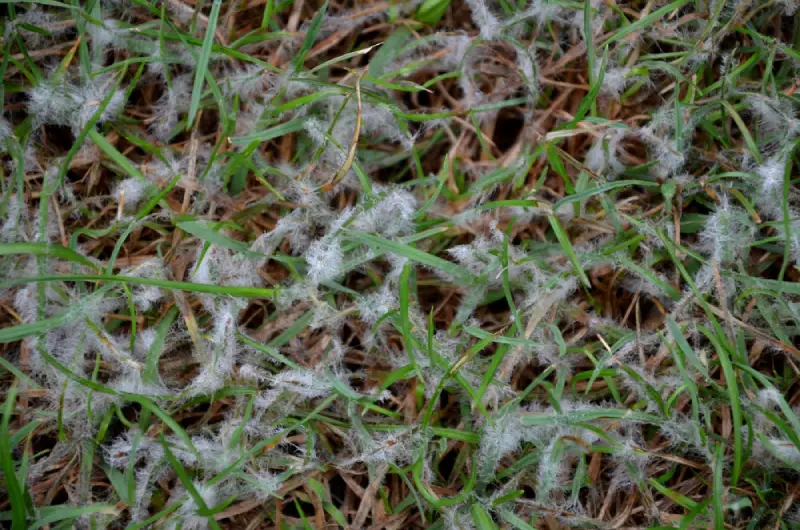
A type of fungus called Typhula causes snow mold lawn disease. It typically occurs in late winter or early spring and is most common on lawns located in cold, wet areas. To identify snow mold lawn disease, look for the following symptoms:
- Patches of grass that appear matted down
- Small, brown, or blackish-colored spots on the grass blades
- A musty odor coming from the affected area
To treat snow mold lawn disease, first, remove snow or soggy leaves from the lawn. Then, mow and rake out the area to encourage it to dry faster. If these measures don't help, you may need to apply a fungicide or other treatment.
Why Is My Lawn Turning Brown?
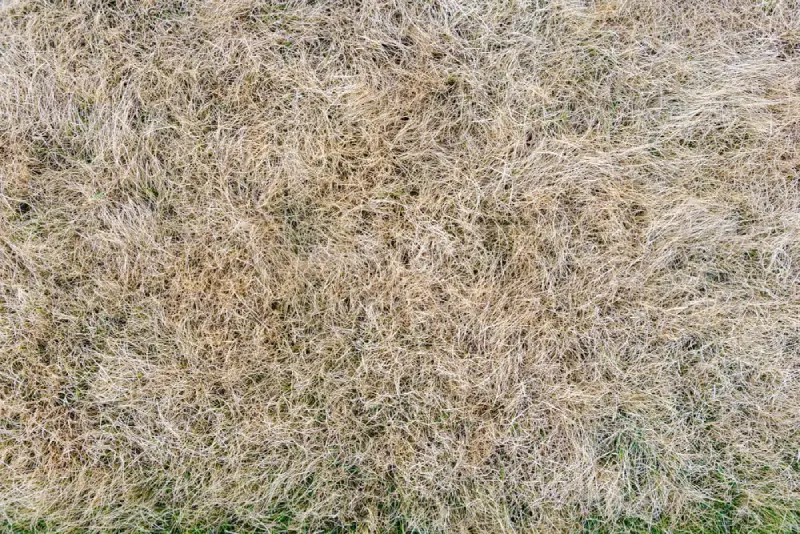
Summer patch lawn disease is caused by a fungus called Magnaporthe poae. It typically occurs in late summer and is most common on lawns located in warm, humid areas. To identify summer patch lawn disease, look for the following symptoms:
- Patches of brown or yellow grass
- Grass blades that appear stunted or discolored
- A musty odor coming from the affected area
Summer patch lawn disease is difficult to eliminate, so prevention is your most effective treatment method. If possible, apply a fungicide to treat and prevent the summer patch from taking hold. Then re-apply the product regularly to keep it from creeping back into your lawn.
How to Combat Lawn Diseases
Lawn diseases can be challenging, even when you know how to identify and treat them! Ultimately, keeping your lawn healthy and thriving requires a combination of proper mowing at the optimal height, watering, fertilization, dethatching, aeration, overseeding, and the application of treatments like fungicide when appropriate. The best way to manage diseases is to understand and recognize conditions favorable to fostering disease development. Often a change in lawn care practices will be enough to keep disease problems at a minimum.
If the time and effort required to effectively deal with lawn diseases on your own are too much, call your local landscape professionals. The Grounds Guys can identify the type of lawn disease affecting your grass and develop a treatment plan to get your lawn back to good health. To learn more, call or schedule an appointment online today.